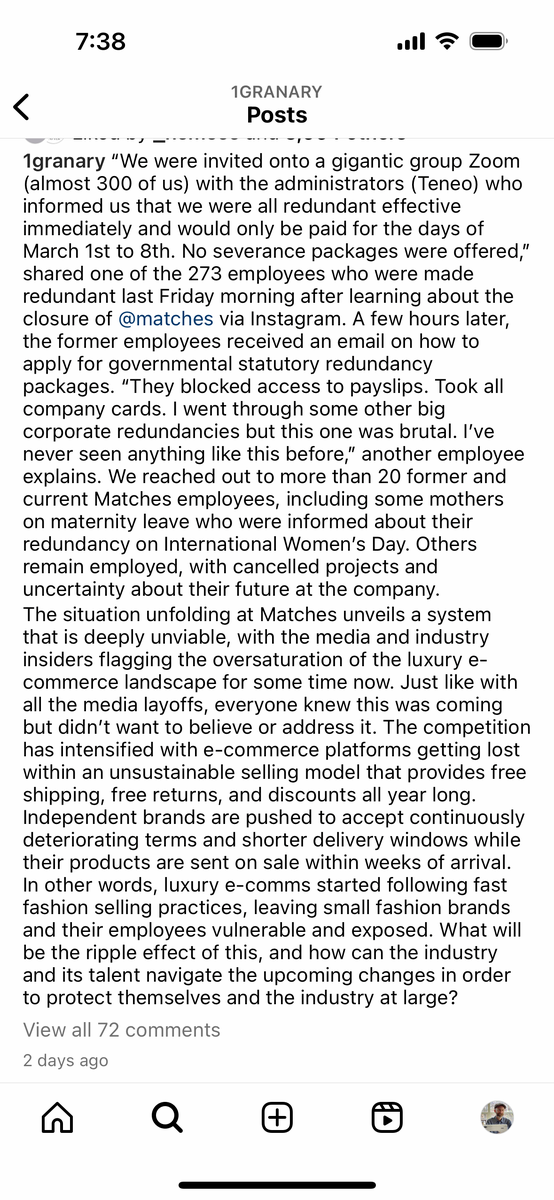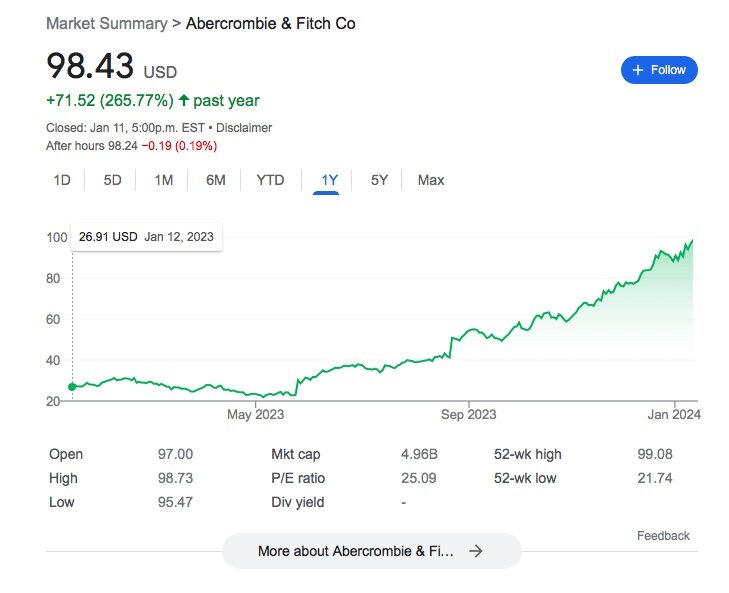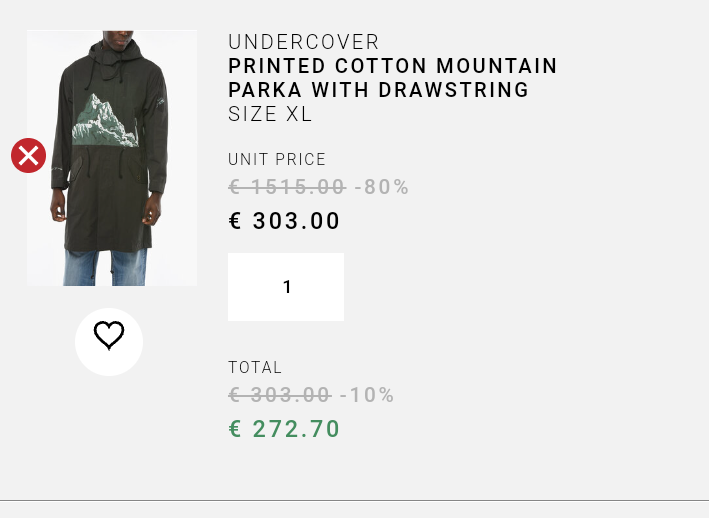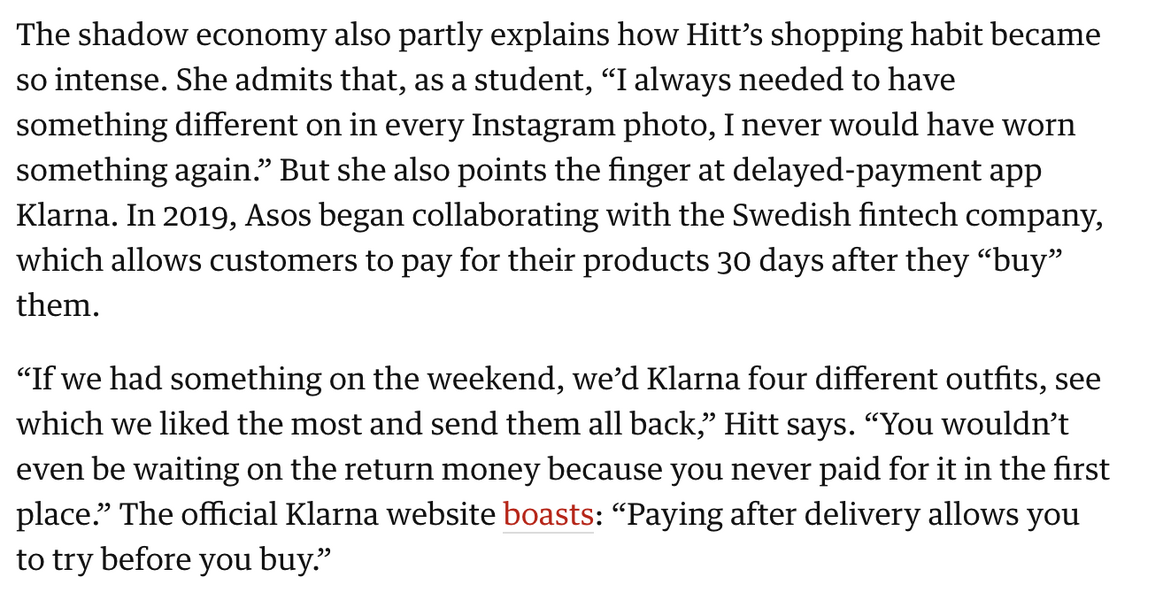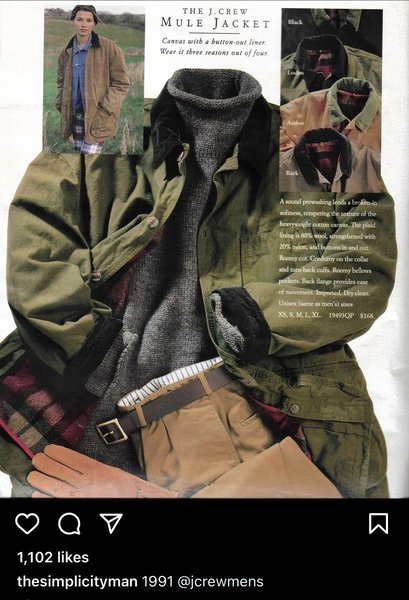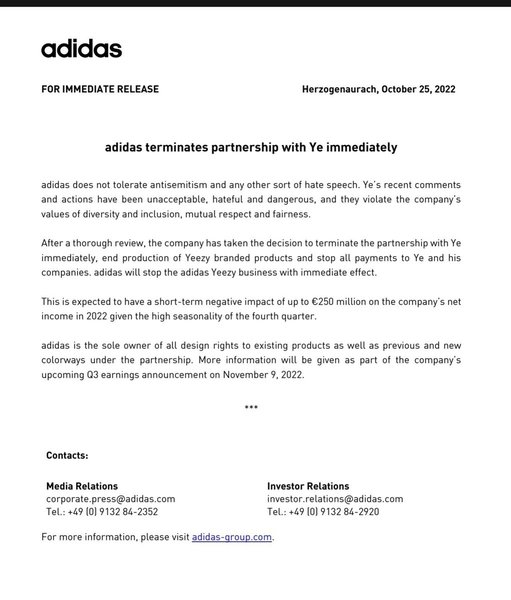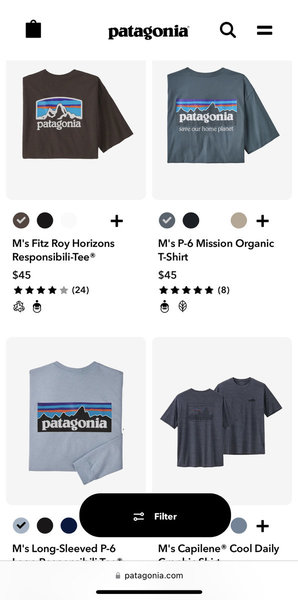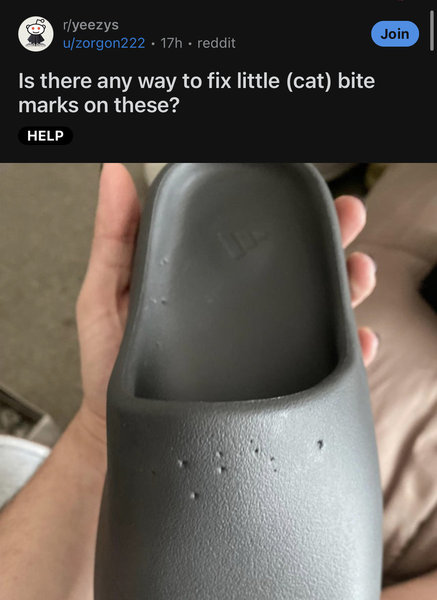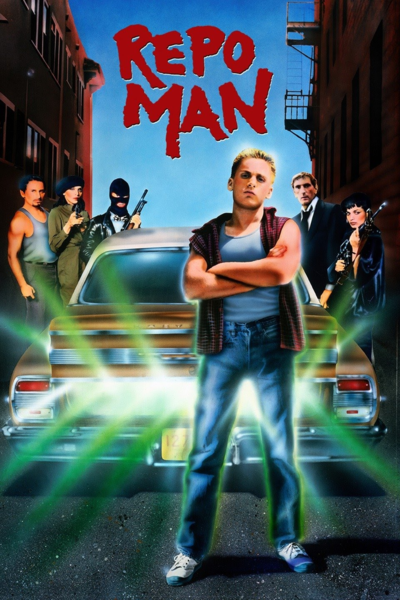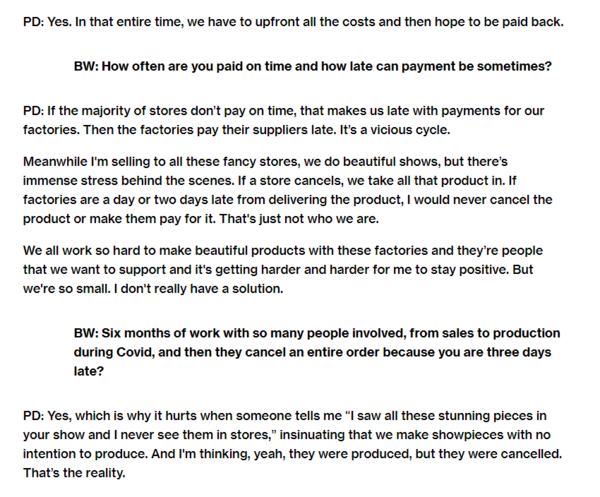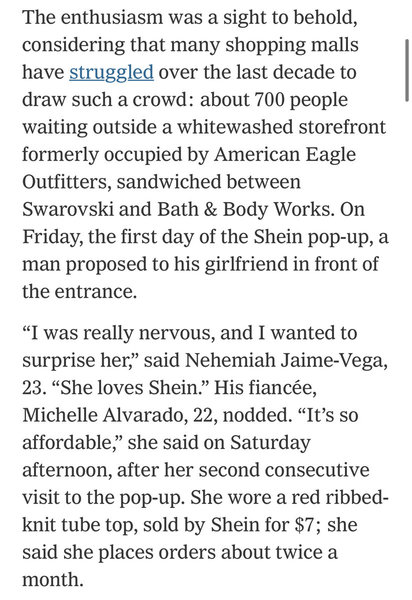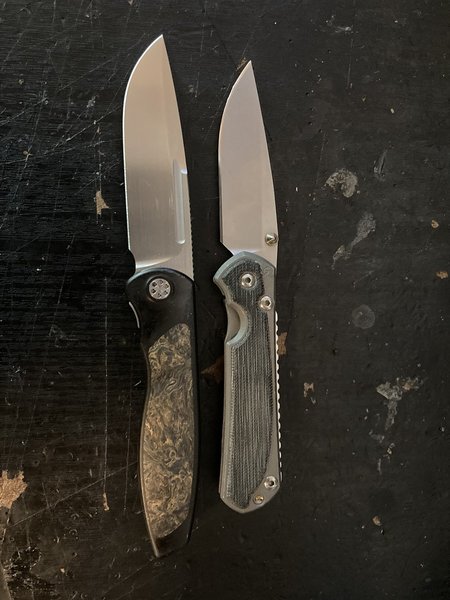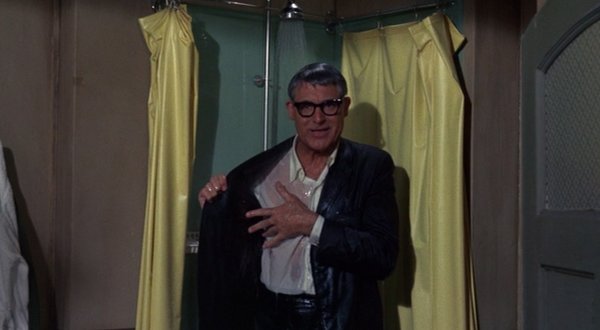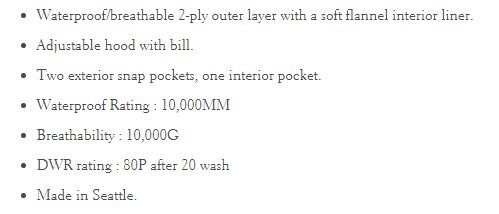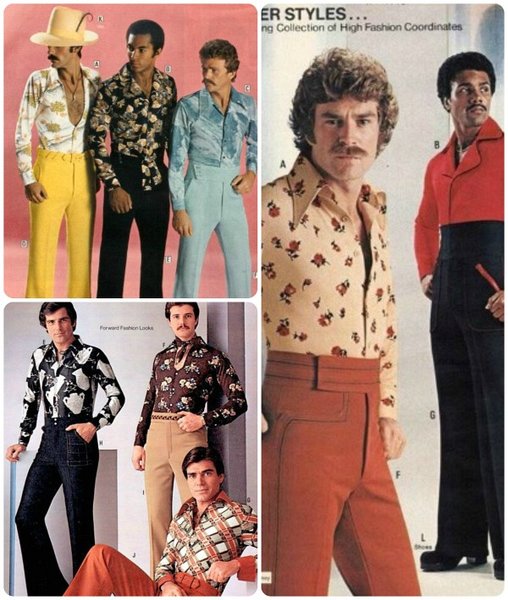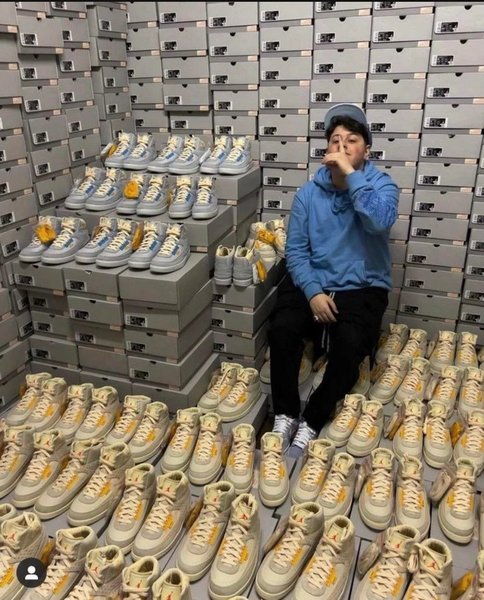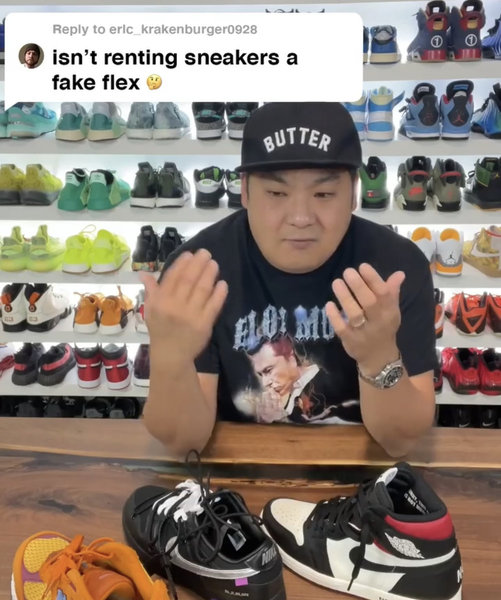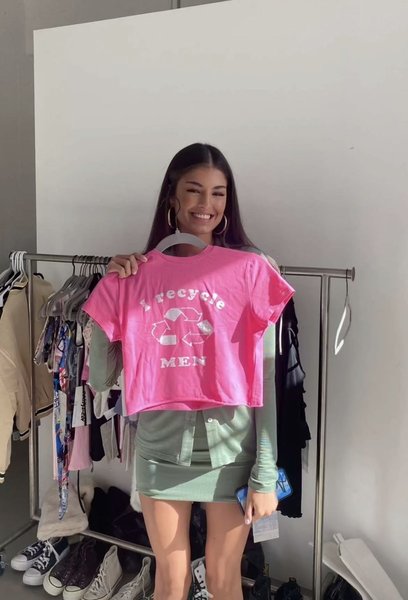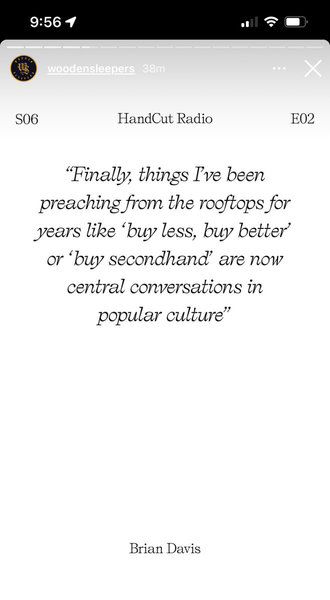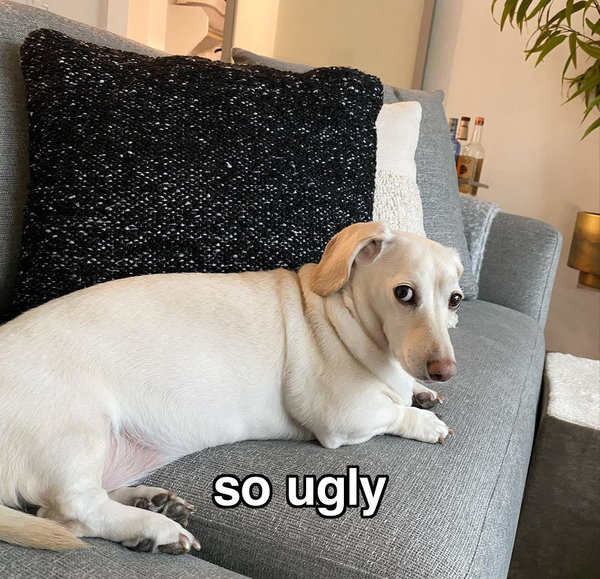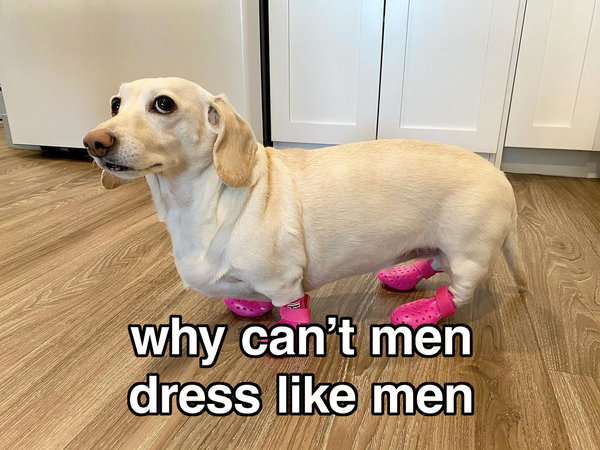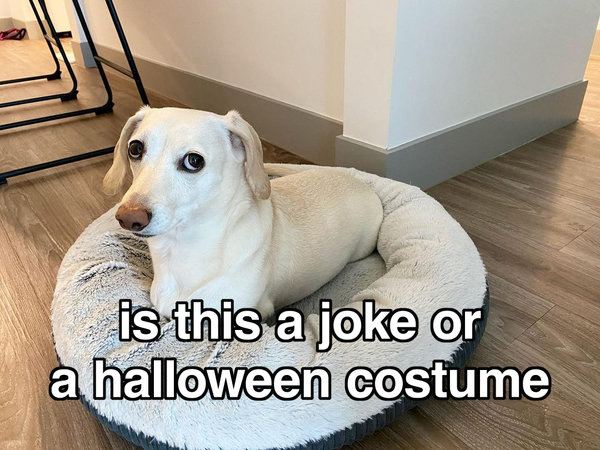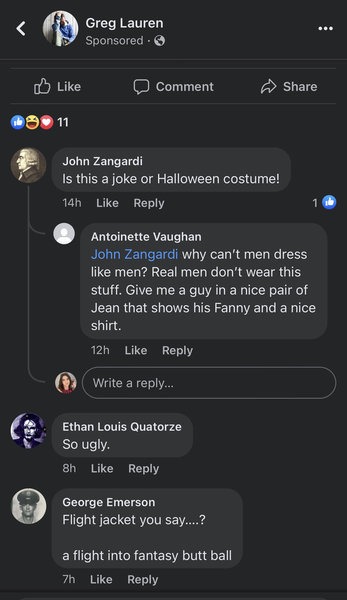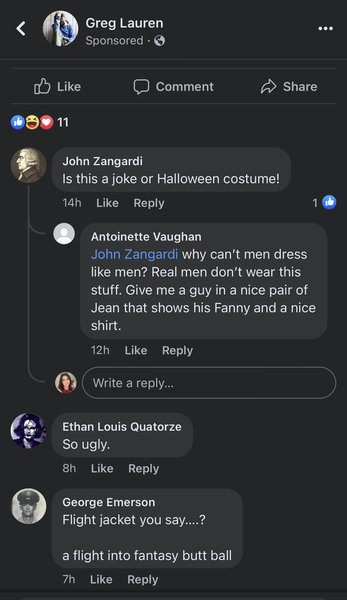cb200
Distinguished Member
- Joined
- Jan 30, 2010
- Messages
- 1,422
- Reaction score
- 1,973
I think you’ve got to set prices so that your wholesale pricing makes sustainable margins first. You can’t use the “cutting out the middle man and passing the savings on to you” pitch if you’re selling the same product into the two the different streams.
If you had the SKUs you could offer a limited selection DTC at a lower price points but you'd need to be super strategic not to cannibalize sales from other vendors or other products you sell. Getting good differentiation would be hard here unless it was a whole new category separate from your mainline.
Overall don’t forget- you’re a retailer too. There are costs and inventory risks that you need to be compensated for. Those bonus margin points can erode quite easily when selling direct and acting as a retailer.
If you had the SKUs you could offer a limited selection DTC at a lower price points but you'd need to be super strategic not to cannibalize sales from other vendors or other products you sell. Getting good differentiation would be hard here unless it was a whole new category separate from your mainline.
Overall don’t forget- you’re a retailer too. There are costs and inventory risks that you need to be compensated for. Those bonus margin points can erode quite easily when selling direct and acting as a retailer.


